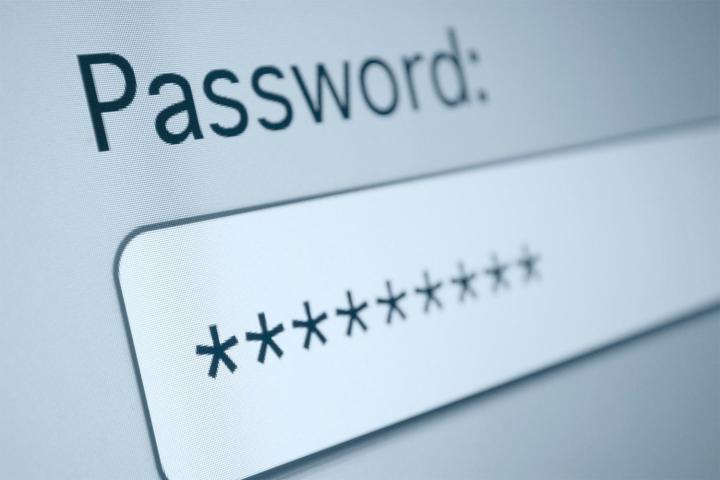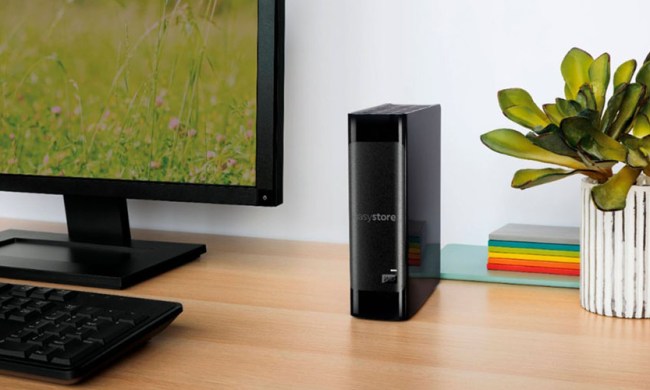
If you have nosy friends and family or you just have sensitive stuff on your PC that you want to secure when not at your desk, the best way to ensure that your stuff will stay locked down is by setting up a password within Windows. Buried within Control Panel, adding a Windows Password will require anyone who powers on your PC to enter a password before they can access your desktop, and everything contained beyond it. It’s easy to pull off too. We’ll show you how.
How to add a password to your Windows login
First, open the Start menu and click Control Panel on the left. Alternatively, hold the Windows key and press R. Then type in “control panel” sans quotes and press Enter. From there, scroll down and click on the User Accounts button.
Towards the top-middle section of the User Accounts window, there should be a button labeled “Create a password for your account”. Click on it, and fill out the “New password” and “Confirm new password” with your password of choice. Below that, fill out the “Type a password hint” field with something that’ll help you remember the code in the event that it ever skips your mind. Once done, click on the “Create password” button.
Annnnnd you’re done! If you need some tips on how to create an airtight password, just check out this guide, which will help you do so.


